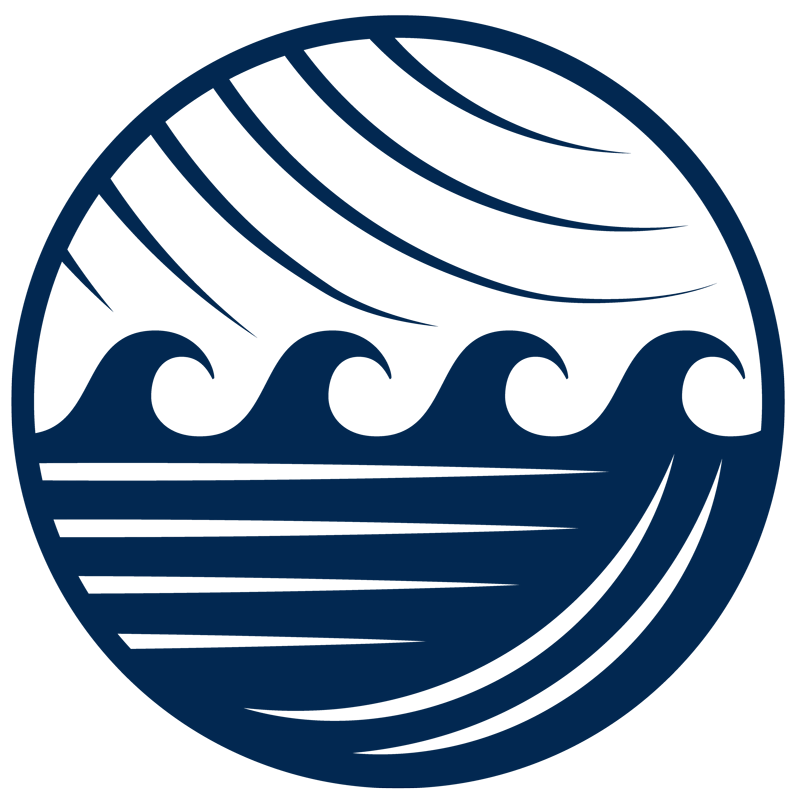
Younger Lagoon, located on the Central Coast near Santa Cruz, is a small but ecologically important estuarine system covering approximately 25 acres. Part of the Younger Lagoon Reserve, it lies within a protected natural area that supports a variety of habitats, including freshwater and brackish wetlands, coastal scrub, and dune ecosystems. The lagoon provides critical habitat for migratory birds, amphibians, invertebrates, and native plants. Its watershed is relatively small, with average annual rainfall between 20 and 30 inches, most of which occurs in winter.
Younger Lagoon functions as a seasonal estuary, with a sandbar typically forming at the mouth during dry months. This closure limits ocean exchange and leads to fluctuating water levels, salinity, and oxygen levels—conditions that shape the biological community and drive seasonal changes in habitat availability.
Water level monitoring at Younger Lagoon captures these natural fluctuations, helping researchers understand how the system responds to rainfall, tides, and sandbar dynamics. These data support ongoing conservation and habitat management, and help assess the lagoon’s vulnerability to climate change, sea-level rise, and other long-term environmental pressures.
